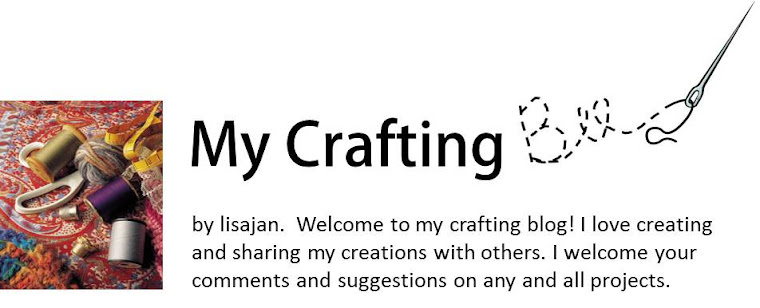 |
| Before. Waiting for a makeover. |
 |
| The final product |
On a recent family walk, I spotted some items put out on the street for the next day's garbage pickup. While I was urged to move along by my fellow walkers, I couldn't help notice an adorable three tiered stand. Discarded by someone, now available for the next owner to take home and give it a new purpose. After the walk, I hopped into my car and drove back to the spot, thrilled that the stand was still there. It was fate.
 |
| Shiny and like new |
The stand is metal and probably made for indoor use. So I asked an expert (my brother, another crafty family member) what paint to use to prevent rust so that I could use it outside. He directed me to a paint called "Rust Stop". A quick trip to Ace Hardware (curbside pickup #2) and for an investment of $5.99 I was ready to work. This paint went on like a dream--it was thick and shiny and a true black color. After two coats my stand was ready for use.
I'm pretty happy with the outcome and my new plant stand now sits proudly on my patio. As they say, "one man's trash is another one's treasure". I'm pretty happy with my latest curbside pickup. Wonder what I will find next to take home and reuse?

























